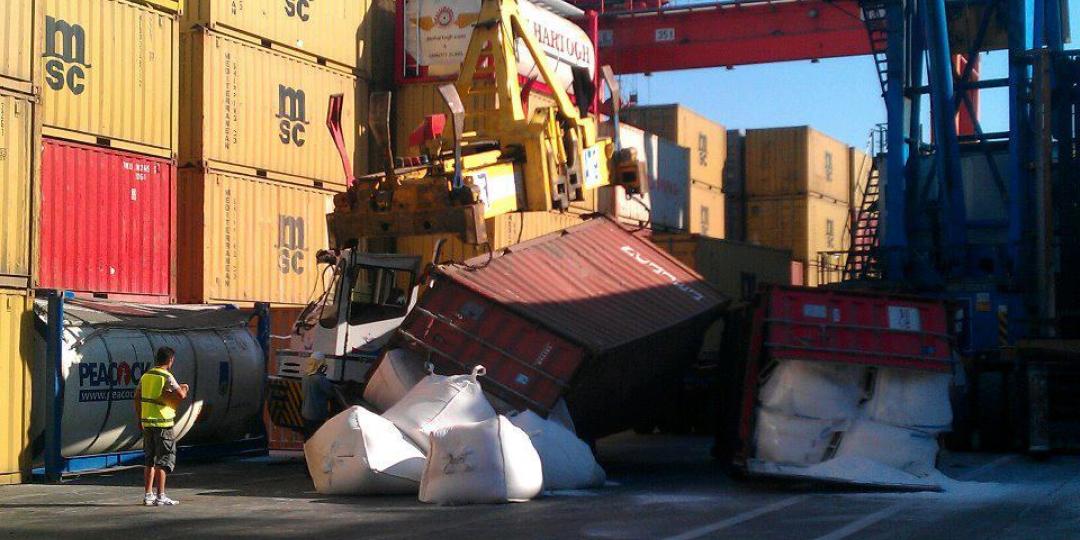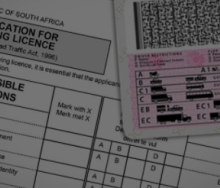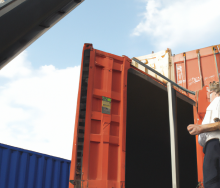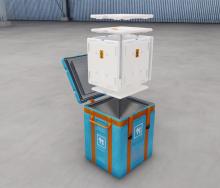In an important judgment for cargo owners and their marine insurers, the UK Supreme Court has held that a carrier who seeks to rely on an inherent vice exception to liability contained in the Hague Rules when defending a cargo damage claim must prove either that it took reasonable care of the cargo but the damage occurred nonetheless; or else that whatever steps might have been taken to protect the cargo from damage would have failed in light of the cargo’s inherent propensities.
This judgment has clarified the position of cargo owners and their insurers with claims for damaged cargo. The case draws an important distinction between avoidable damage caused by the inherent characteristics of the cargo which can be catered for and inherent vice in the cargo which cannot.
In Volcafe Ltd and others v Compania Sud Americana De Vapores SAthe claimants (appellants) were the owners and bill of lading holders in respect of nine consignments of bagged coffee beans shipped from Colombia to Bremen on various ships owned by the respondent (defendant). The shipowner was also the carrier under the bills of lading which incorporated the Hague Rules and were subject to English law.
While this case dealt with the Hague Rules (which had been contractually incorporated into the bills of lading), the relevant provisions of the Hague and Hague Visby Rules relating to a carrier’s liability and exceptions to liability for cargo damage are the same. Therefore the judgment applies to claims for cargo damage under either the Hague or Hague Visby Rules. Almost all cargo is carried under one of these two regimes, either because of their incorporation into the bills of lading, or because they are compulsorily applicable to shipments to or from a state that has ratified one of these Conventions.
The bills of lading were on an LCL/FCL basis which meant that the carrier was contractually responsible for preparing the containers and packing the cargoes into the containers. Coffee beans absorb, store and emit moisture. If coffee beans are carried in unventilated containers, the containers must be lined with sufficient absorbent material in order to prevent condensation and damage to the coffee beans.
When the containers arrived in Bremen, a number of bags had suffered water damage as a result of condensation. The cargo owners claimed against the carrier for the damage alleging that:
1. The carrier was in breach of its duties as bailee and had failed to deliver the cargoes in the same good order and condition recorded in the bills of lading; alternatively
2. The carrier was in breach of the Hague Rules in that it had failed to properly and carefully load, handle, stow, carry, keep, care for and discharge the cargoes.
The carrier defended the claim on the basis of a Hague Rules defence, arguing that the damage was caused by inherent vice. This was because, they argued, the coffee beans were unable to withstand the ordinary levels of condensation which formed in containers during voyages from warmer to cooler climates. The cargo owners in turn argued that any inherent characteristic of the cargoes which resulted in damage only did so because of the carrier’s negligent failure to take proper measures to protect the cargoes.
The two key issues dealt with on appeal to the Supreme Court were:
1. Does a cargo owner bear the legal burden of proving a breach of the Hague Rules, or is it the carrier, once loss or damage to the cargo has been established, who must prove its compliance with its obligations as bailee; and,
2. Where the carrier seeks to rely on an exception to liability on one of the various grounds listed in the Hague Rules, and the carrier has alleged facts to bring the case within the scope of such an exception, is the onus on the cargo owner to prove that it was the negligence of the carrier which caused the excepted peril (such as inherent vice)?
The carrier argued that as a matter of English law, the party that makes an allegation must prove its case. Therefore, as the cargo owners had alleged that there had been a breach of, for example, the Hague Rules, they bore the onus of proving that there had been a breach. And, they argued, if the carrier was able to prove that the damage had occurred as a result of one of the exceptions to liability listed in the Hague Rules (such as inherent vice), then the onus was on the cargo owners to positively prove that it was only because of the carrier’s negligence that the cargo’s inherent characteristics (such as its propensity to sweat) had resulted in damage.
The Supreme Court dismissed both of these arguments. A contract for the carriage of goods by sea remains a contract of bailment. Once a bailor (in this case, the cargo owner) proves that there has been damage to its goods, the onus is on the bailee to prove that it took reasonable care of the goods or that any lack of reasonable care did not cause the loss or damage. This is because the bailee is in possession of the goods and therefore it may be difficult or impossible for anyone else to account for the loss or damage to the goods. Therefore, where cargo is shipped in apparent good order and condition but is discharged damaged, the carrier, as bailee, bears the burden of proving that the damage was not due to the carrier’s breach of its obligation to take reasonable care.
Where a carrier seeks to rely on one of the exceptions to liability listed in the Hague Rules, it is accepted law that the carrier bears the onus of proving that the matter falls within the scope of the relevant exception. However, the Supreme Court went on to find that if the carrier could and should have taken precautions which would have prevented some inherent characteristic of the cargo from resulting in damage, that characteristic is not inherent vice. Accordingly, in order to be able to rely on the exception for inherent vice, the carrier must show either that it took reasonable care of the cargo but the damage occurred nonetheless; or else that whatever steps might have been taken to protect the cargo from damage would have failed in light of the cargo’s inherent propensities.
On the facts in this particular case, the Supreme Court found that the carrier had the legal burden of proving that it had taken due care to protect the cargo from damage arising from the cargoes’ inherent characteristics, such as its propensity to sweat, and that the carrier had failed to prove that it had properly lined the containers to protect the coffee beans. Accordingly the Court allowed the cargo owners’ appeal and reinstated the original court’s decision in their favour.
The Supreme Court’s decision is a significant development of the law applicable to cargo damage claims. Previously cases had placed the onus on the cargo owner to prove negligence on the part of the carrier where the carrier had alleged that the claim fell within one of the exceptions to liability. The Supreme Court has now placed the onus to disprove negligence squarely in the carrier’s court.
By Carol Holness, Senior Associate, Norton Rose Fulbright in South Africa










